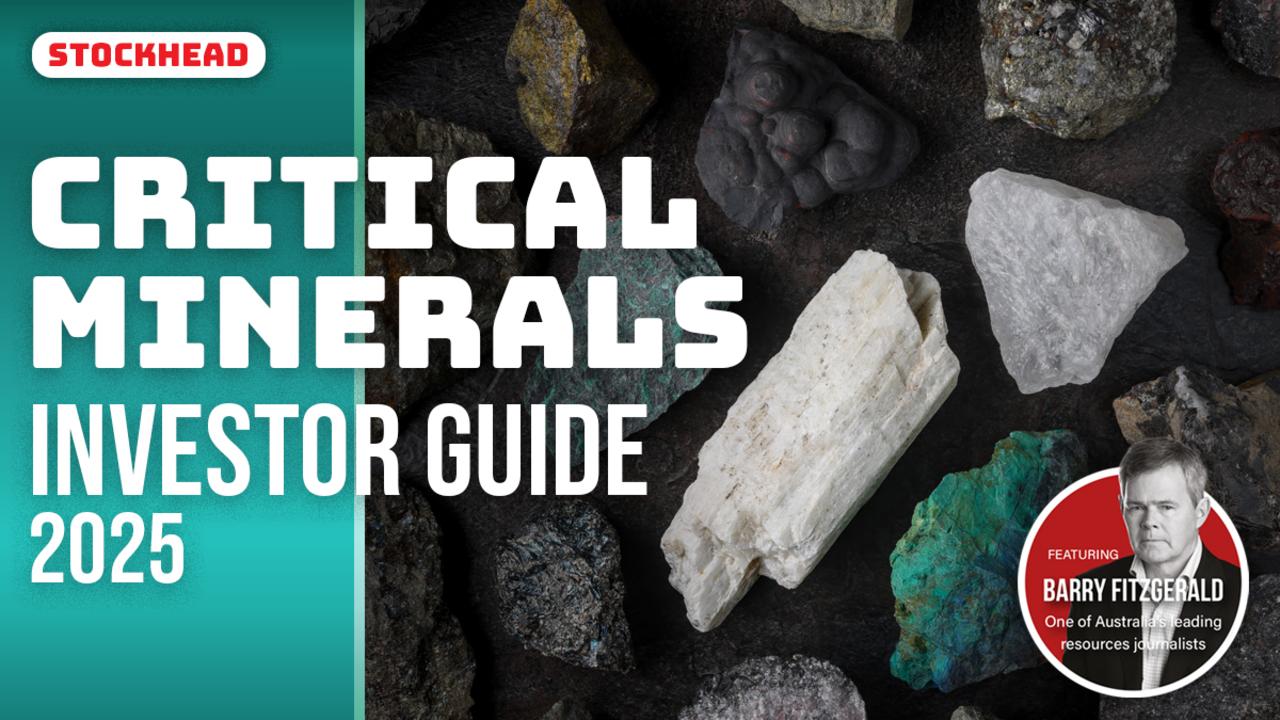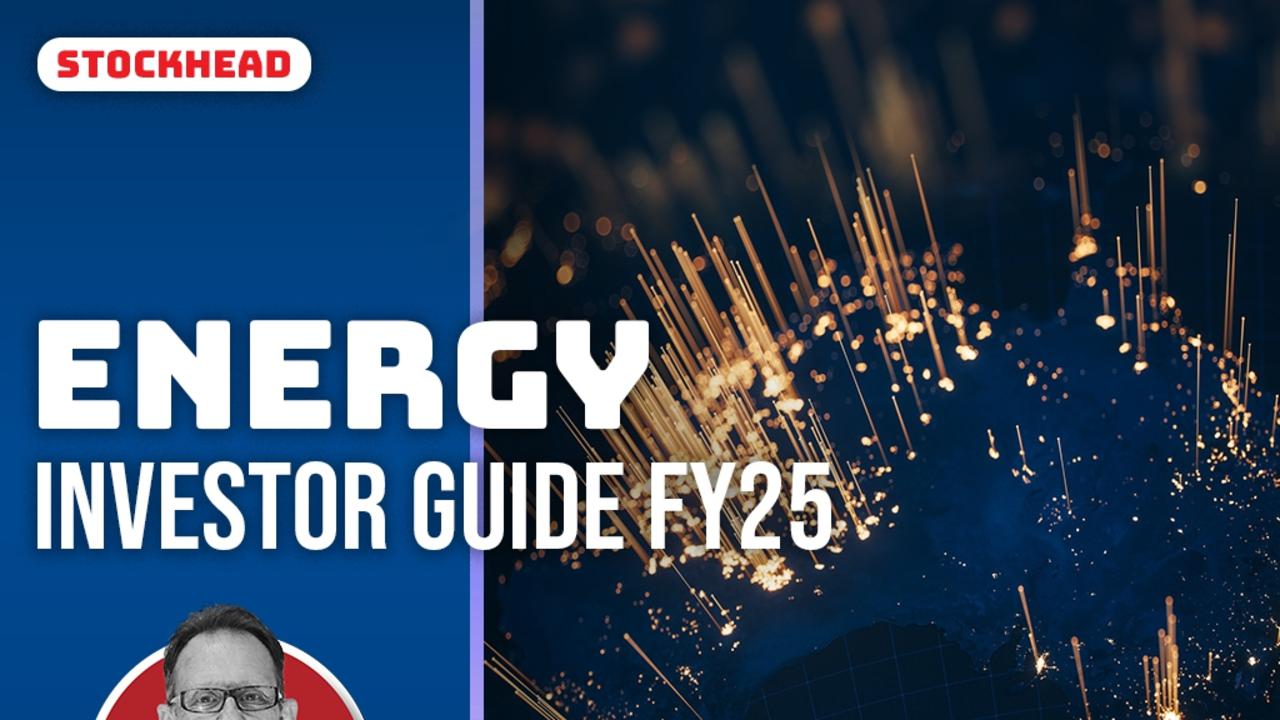Cameco’s Aussie GM says WA uranium mining opponents are ‘vocal and influential’ minority
Mining bosses have teed off on WA’s ‘vocal and influential’ anti-uranium minority, along with the state government and its ‘pathetic’ attitude to the industry.

The Australian head of the West’s largest uranium producer Cameco has called on the WA government to change course and embrace uranium mining, calling opponents a “vocal and influential minority”.
Cameco’s Australian general manager Tim Duff, who progressed approvals for the Canadian behemoth’s Yeelirrie and Kintyre deposits in WA almost a decade ago before they were iced due to low uranium prices, said the ruling Labor Party’s policy position against uranium mining flew in the face of WA’s reputation as the world’s top resources jurisdiction.
For the latest mining news, sign up here for free Stockhead daily newsletters
“We like to say in WA that we have one of the best resources jurisdictions in the world. We are endowed with many of the key resources needed for the global energy transition,” he said in a presentation for the WA Mining and Energy Clubs in Perth last week.
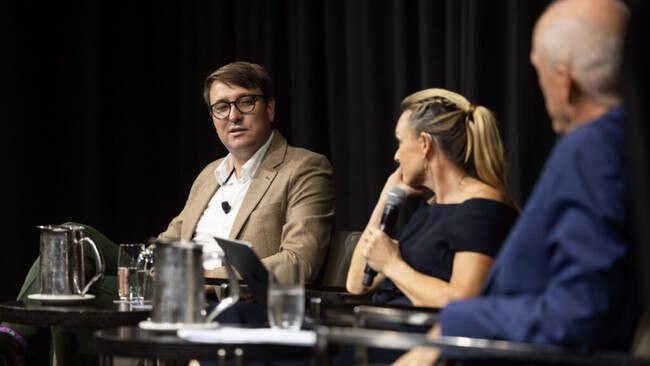
“Our leaders say that we have an obligation to help the world and our neighbours decarbonise.
“But despite this, and the fact that we’re seeing growing nuclear support in the community, we have a ban on uranium mining at the state level and moratorium on nuclear energy nationally.
“While a minority, the opposition is vocal and influential.
“You only have to read the recent updates in the WA Labor policy platform to appreciate this — Page 145. Prior to the change of government in 2017 … four mines received approval in Western Australia.
“The incoming government did make commitments that these four projects would be allowed to proceed. However, only one project – the Mulga Rocks project – is currently in a position to advance to the next stage of development.”

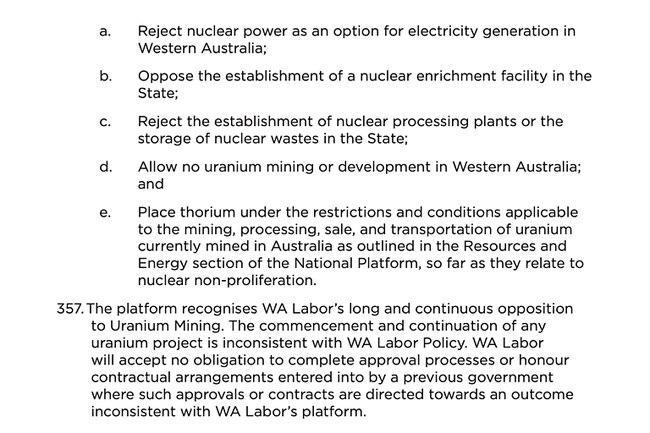
With low prices having stunted development and study activities, Duff said Cameco had applied the state government to renew an EPA approval clause that made Yeelirrie and Kintyre’s development contingent on “substantial commencement” of the project within five years but had been rejected.
Only Mulga Rock, acquired from Vimy Resources in a 2022 takeover by Deep Yellow (ASX:DYL), hit that milestone.
Uranium spot prices have surged due to supply shortages, physical uranium purchases by producers, ETFs and hedge funds and the Russian war in Ukraine among other things in the past three years.
Having hit a low of $US18/lb in the last down cycle, they were fetching $US92/lb on Thursday after US lawmakers approved legislation to halt Russian uranium imports from 2028.
Because it does not emit CO2, nuclear energy has caught a second wind from the energy transition, with a number of delegates at the COP28 event in December last year including the US signing a pledge to triple their nuclear generating capacity by 2050.
MORE FROM STOCKHEAD: Boss shows way for SA uranium hopefuls | April’s top miners/explorers | Lithium guru predicts surge
Keeping on truckin’
Cameco is back in the study phase at Yeelirrie and Kintyre, the former the largest undeveloped uranium deposit in Australia at 128.1Mlb.
That makes it the largest resource by contained uranium oxide in the $C29 billion listed behemoth’s global portfolio, accounting for a touch under 30 per cent of its uranium in situ.
The process to approve the mine was controversial.
Then WA Environment Minister, Albert Jacob, who served in Colin Barnett’s pro-uranium Liberal-National government, gave it the green tick in 2016 despite an EPA recommendation it be knocked back due to the presence of rare subterranean invertebrates known as stygofauna.
The federal process was then delayed for two years, eventually signed off just weeks before the 2019 election, in part because of increased sightings of the night parrot in WA’s outback, a bird spied just three times in a century.
Cameco already has expansion plans that will help it ride the resurgence of the nuclear energy market by ramping up its Cigar Lake and McArthur River mines in Saskatchewan’s high grade Athabasca Basin.
It also produces in the US and Kazakhstan, where it has a JV with the world’s biggest yellowcake miner, Kazatomprom.
With those facts on the table, the big question is why Cameco continues to wrangle with the idea of developing Yeelirrie and Kintyre, once owned by BHP and Rio Tinto respectively.
“We’ve invested a billion dollars into Western Australia and we’re keen to see the return on that,” Duff said.
The company is aiming to produce enough yellowcake to transport the equivalent of 1.5 truckloads a week through Adelaide.
South Australia is already host to Australia’s three operating uranium mines.
Cameco will conduct more studies to ascertain the financial metrics that would justify bringing Yeelirrie, which operates under a WA State Agreement, to life if the regulatory environment changes.
The WA Liberals under Libby Mettam have promised to lift the uranium mining ban if they win the 2025 state election, but have a mountain to climb to return to become a respectable Opposition, let alone unseat Premier Roger Cook’s Labor government after winning just two lower house seats at the 2021 poll.
A change of government would also be the prerequisite for an investigation of nuclear power in Australia, where a moratorium has been in place since 1999.
Duff says that would need to happen in 2025 to see any prospect of Australia joining other COP delegate countries in supporting an expansion of nuclear energy by 2050, the key deadline for most Net Zero targets.
Visit Stockhead, where ASX small caps are big deals
Why Africa trumps Australia
Elevate Uranium (ASX:EL8) is one uranium company with assets in Australia, holding the 48Mlb of Aussie uranium resources including the Oobagooma deposit in WA and 31Mlb Angela project in the Northern Territory.
But its focus is largely in Namibia, where uranium has been mined continuously for around 50 years and Elevate holds the shallow Koppies and Marenica deposits.
Elevate MD Murray Hill called WA’s position on uranium development “pathetic”.
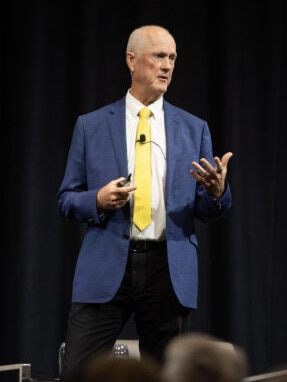
“The sovereign risk for Namibia is less than WA. WA is the powerhouse in mining in the world, how bloody embarrassing is that for the Cook government?” he quipped.
“We’re the powerhouse and the sovereign risk in a third-world country is far less than it is in Western Australia. That’s pathetic.
“Namibia been producing uranium since 1976 on a continuous basis.
“Rossing is the largest continuously operating uranium mine in the world.
“That’s two generations of people, for me, with uranium – not woke, but very familiar with uranium.
“There’s been three uranium mines built and developed in the last 16 years and there’s been two mining licenses granted to our peers in December last year.”
Hill said media attention on nuclear incidents at Three Mile Island, Chernobyl and Fukushima had led to unfounded fears around the consequences of nuclear power.
This content first appeared on stockhead.com.au
At Stockhead, we tell it like it is. While Elevate Uranium was a Stockhead advertiser at the time of writing, it did not sponsor this article.
SUBSCRIBE
Get the latest Stockhead news delivered free to your inbox. Click here

